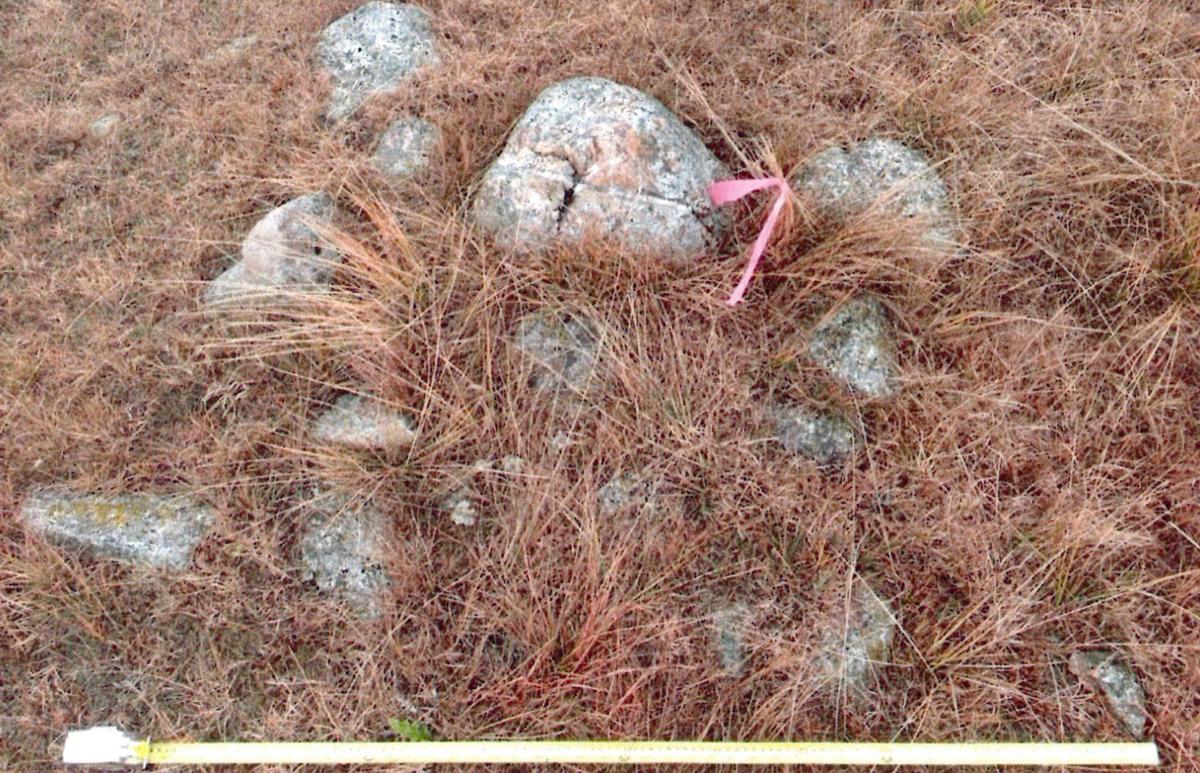The stereotyping of Native Americans began with the conquest of Christopher Columbus in 1492. King Ferdinand and Queen Isabella financed Columbus’ voyage to the New World in hope to further expand the region of Spain while searching for gold. Soon after Columbus came into contact with the Taino people, he coined the term los Indios, geographically stemming from his navigational error of India. He named the Taino people los Indios because he thought he had encountered India. After his journey across the Atlantic, he wrote to the King and Queen of Spain addressing his new discovery of the Americas. In Columbus’ letter, he describes the land as plentiful and the native people as “barbaric” and “timid.” With that being said, this letter and Columbus’ encounter with the indigenous people in the New world generalized an entire culture. This stereotype influenced the assimilation of native people, making Europeans believe that they would benefit by abiding to their culture.
With this stereotype in mind, white America still uses racial slurs in the dominant culture. The term “redskin” refers to the skin color of Native Americans, and it was predominantly used by Europeans. In colonial times, “redskin” originated the violent practice of killing Native Americans in terms of carrying out bounties. During King Phillips War, bounties were put in place to kill Native Americans, specifically scalping them. Therefore, in that context, “redskin” refers to the red scalp. This stereotype has been prevalent for years, but one of the most controversial issues is the Washington professional football team’s controversial “Redskins” name.

Native Americans have been questioning the professional football team’s name for years, and it’s contributing to the ethnic stereotype that was created when Columbus came to the New world and during the colonization era. The term “redskin” perpetuates negative connotations towards native people and their traditions and rituals. Negative stereotyping Native Americans is seen all across the media, whether that being sport mascots, political cartoons, Halloween costumes, etc.

The Dakota access pipeline was being constructed across Bakken oil fields in North Dakota to southern Illinois as well as the Missouri River, Mississippi Rivers, and Lake Oahe, which is part of the Standing Rock Indian Reservation. Thousands of protesters came to North Dakota to protest the Dakota access pipeline. In September of 2016, workers bulldozed sacred Sioux land, resulting in protesters entering the area and getting attacked by attack dogs. The Dakota access pipeline protest foreshadows the conquest of Christopher Columbus. The Europeans took away indigenous lands for themselves, and now we’re continuing to do it.
The Native American Graves Protection and Repatriation Act (NAGPRA) was passed on November 16th, 1990, and protects the rights and artifacts of Native Americans in America. Under NAGPRA, federal agencies and other institutions are required to return all cultural items back to lineal descendants and culturally affiliated Indian tribes, including both human remains and objects from museums. In Section Two of NAGPRA, “‘cultural affiliation’ means that there is a relationship of shared group identity which can be reasonably traced historically or prehistorically between a present day Indian tribe or Native Hawaiian organization and an identifiable earlier group” Federal Historic Preservation Laws: NAGPRA (National Center for Cultural Resources, National Park Service, Department of the Inferior, 2006), Section 2. NAGPRA attempts to redress issues in the American society regarding Native American heritage, but is undercut by long-ingrained stereotypes and bad-faith actors. In terms of the Dakota access pipeline, the federal institution violated NAGPRA due to the findings of artifacts in the sacred land that was bulldozed.

In our society today, there are even more examples of Native American stereotypes. What other stereotypes have you seen in the media? Do you think that Columbus started the stereotypes of native people? What can we do as students to stop the stereotypes of native people in America?
